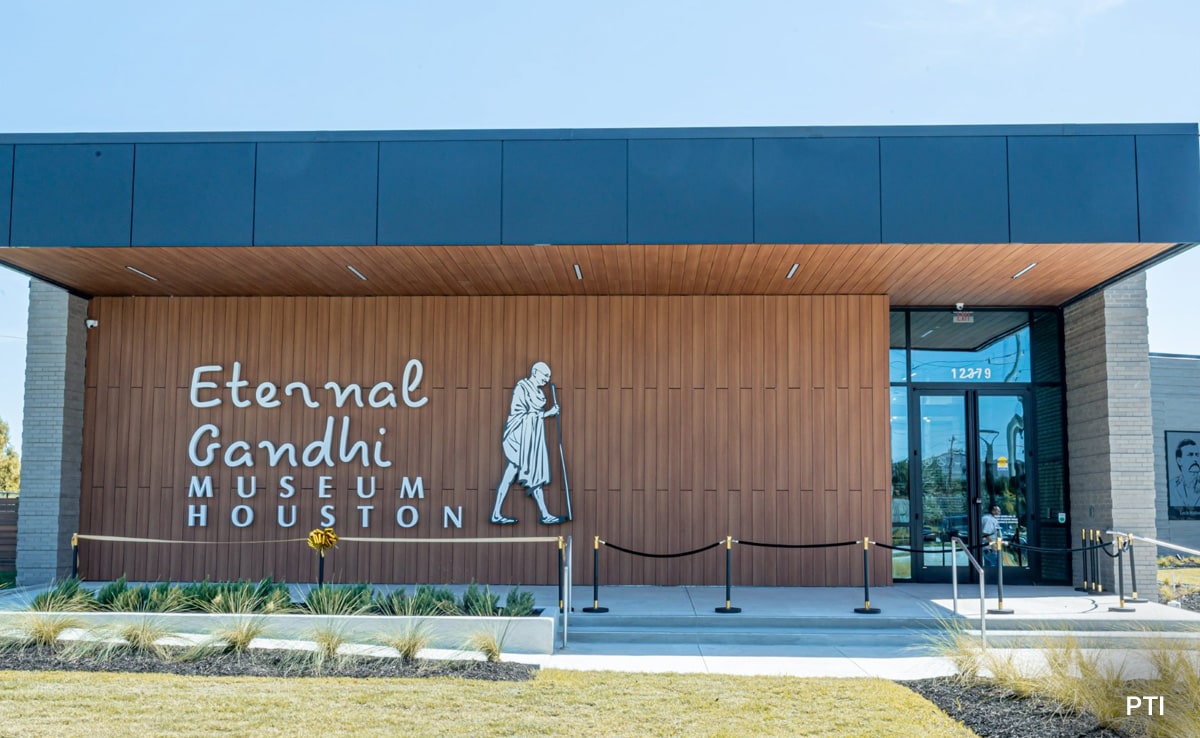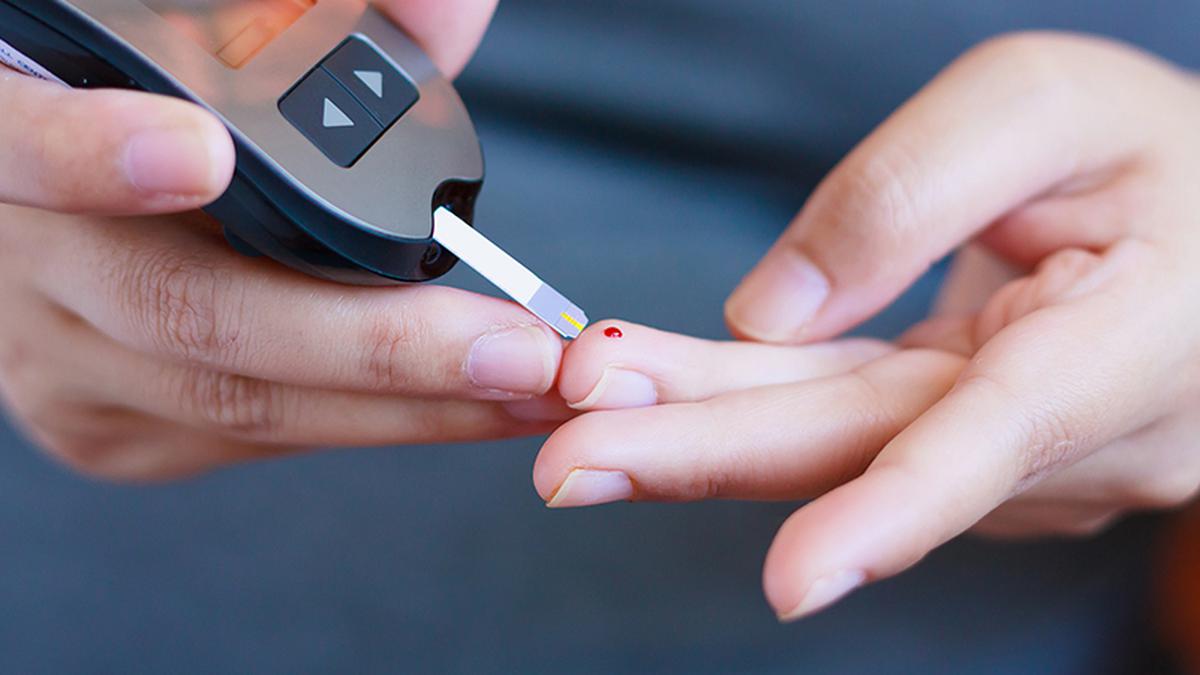Mission Rhumi 2024 launch in East Coast Road, Chennai
| Photo Credit: Johan Sathyadas
Satrajit Samy clapped and cheered as Mission Rhumi 2024 took off in Thiruvidanthai in Chennai’s scenic East Coast Road.
Satrajit had come all the way from Dubai for this momentous occasion. It might have lasted just a few seconds or so, but the event was, in this 13-year-old’s words, “exhilarating”.
He was part of the ‘Edutech for Space’ programme that worked on Mission Rhumi for more than a year. So were many other space-crazy children; for, Mission Rhumi – launched in Chennai on August 24 – is India’s first reusable hybrid rocket on a mobile launchpad.
An initiative of Space Zone India and Martin Group, Rhumi-1 carried three cube satellites designed to monitor and collect data on atmospheric conditions. The rocket also deployed 50 different Pico satellites, each dedicated to studying various aspects of atmospheric conditions.
The launch of Rhumi-1 in ECR, Chennai
| Photo Credit:
Johan Sathyadas
At the helm of things was mission mentor Mylswamy Annadurai, former ISRO scientist and affectionately called the ‘moon man of India’, who said, “Till now, only Elon Musk was doing a reusable launch vehicle but today, we have demonstrated it right here in Chennai. What we witnessed today is almost like the rocket launches at Sriharikota. Rocket science can be taught in schools too because there are many opportunities here. Like how Chennai’s schools throw up champions in sports, music and arts, rocket scientists can be honed too.”
Weighing about 80 kilograms and 3.5 metres tall, the single-piece Rhumi-1 rocket combines the advantages of both liquid oxidiser and solid fuel propellant systems, making it a milestone in aerospace technology, he added. The mobile launch system allows scientists to adapt to various launch scenarios with ease from any location. Explained Anand Megalingam, Founder and CEO of Space Zone India, “By introducing a reusable hybrid rocket, we are not only reducing the financial burden of space exploration but minimising its environmental impact.”
Mission Rhumi has another goal: awareness about rocket science among students. Satrajit, for instance, underwent online classes on orbits and planets, before heading to BITS Pilani for a hands-on session with satellites. He says, “It was amazing to know that whatever I had in my hand was probably going to be in space somewhere. With this rocket being made in such a cost-effective manner, who knows, the day that children can build rockets with our own allowance is not far away.”











